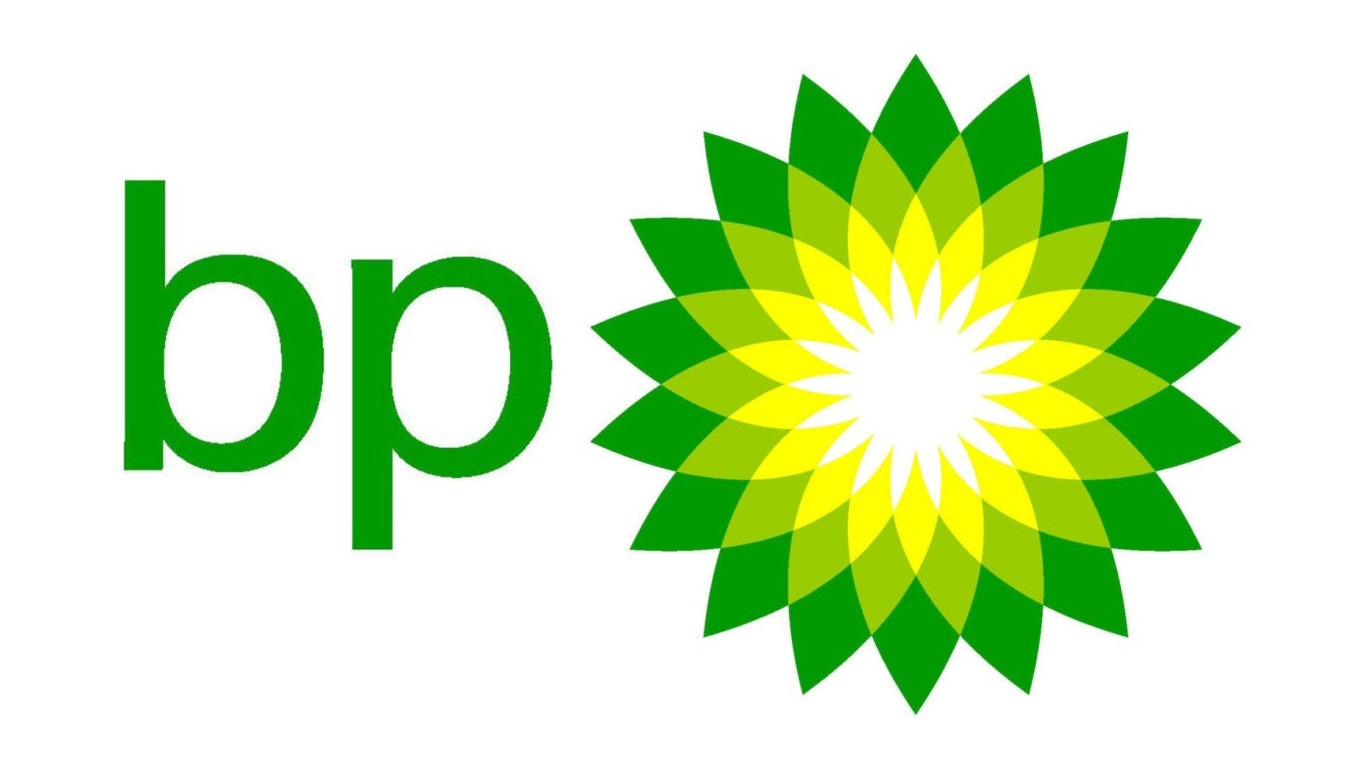
BP PLC (NYSE: BP) reported second-quarter 2020 results before markets opened Tuesday. The oil and gas supermajor posted an adjusted diluted loss per American depositary share (ADS) of $1.98 on sales and operating revenues of $31.7 billion. In the same period a year ago, the company reported earnings per ADS of $0.83 on revenues of $72.7 billion. Analysts had estimated a loss per ADS of $1.10 and revenues of $42.8 billion. One ADS is equal to six ordinary shares.
The big news from Tuesday morning, however, was the 50% reduction in the company’s quarterly dividend from $0.63 to $0.315 per ADS. While the dividend cut was, perhaps, inevitable, it represents a bright line between a hydrocarbons-focused strategy and the company’s pivot to a focus on low-carbon energy. BP also noted that it expects to return 60% of “surplus cash” in share buybacks.
Replacement cost (RC) loss totaled $17.7 billion, compared to an RC profit of $1.8 billion in the year-ago quarter. BP’s underlying (adjusted) RC loss for the quarter was $6.7 billion, including a noncash write-off of $6.5 billion related to a review of the company’s long-term strategic plans, along with lower prices for oil and natural gas, weak refining margins, lower production and reduced demand. The company’s oil trading business delivered “an exceptionally strong result” to help offset the losses.
Second-quarter noncash impairment charges totaled $11.1 billion in the quarter primarily related to reduced assumptions for the price of oil and gas. The charges also include the completion of its 49% interest in the Trans Alaska Pipeline System, announced last August.
Upstream production fell by 3.8% year over year in the second quarter to 2.5 million barrels of oil equivalent per day. The company expects 2020 global demand for oil to be 8 million to 9 million barrels a day below 2019 levels. BP also noted that the COVID-19 pandemic threatens “weaker demand for energy for a sustained period.” Costs directly attributable to the pandemic totaled around $200 million in the quarter.
Net debt declined to $40.9 billion in the quarter, and BP said it had around $47 billion in available liquidity at the end of the quarter.
BP plans to increase its low-carbon investments 10-fold to around $5 billion annually by “building out an integrated portfolio of low carbon technologies, including renewables, bioenergy and early positions in hydrogen and CCUS [carbon capture, utilization, and storage].”
By 2030, the company plans to have developed about 50 gigawatts of net renewable generating capacity, a 20-fold increase. Oil and gas production is expected to fall by a million barrels a day, about 40% of current production, over the same period. The company also plans to cut carbon emissions by up to 40% in its upstream production operations.
Except for the dividend cut, the bad news for the quarter had already been revealed. The dose of reality that BP has swallowed, while disappointing, has not sent investors scurrying for the exits. In London, the shares traded up more than 6%. In premarket trading in New York, the ADSs traded up about 5.5% at $23.29, in a 52-week range of $15.51 to $40.08. The halving of BP’s dividend will reduce the yield to around 5% based on last night’s closing price of $22.09.
The Average American Is Their Savings Every Day (Sponsor)
If you’re like many Americans and keep your money ‘safe’ in a checking or savings account, think again. The average yield on a savings account is a paltry .4% today. Checking accounts are even worse.
But there is good news. To win qualified customers, some accounts are paying almost 10x the national average! That’s an incredible way to keep your money safe and earn more at the same time. Our top pick for high yield savings accounts includes other benefits as well. You can earn up to 3.80% with a Checking & Savings Account today Sign up and get up to $300 with direct deposit. No account fees. FDIC Insured.
Click here to see how much more you could be earning on your savings today. It takes just a few minutes to open an account to make your money work for you.
Our top pick for high yield savings accounts includes other benefits as well. You can earn up to 4.00% with a Checking & Savings Account from Sofi. Sign up and get up to $300 with direct deposit. No account fees. FDIC Insured.
Thank you for reading! Have some feedback for us?
Contact the 24/7 Wall St. editorial team.
 24/7 Wall St.
24/7 Wall St.



